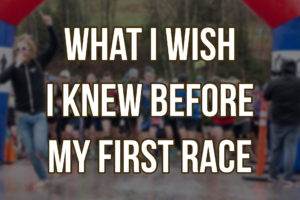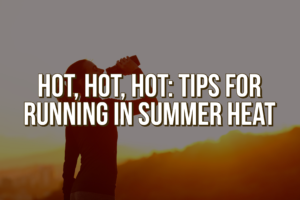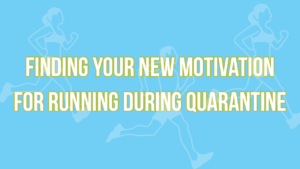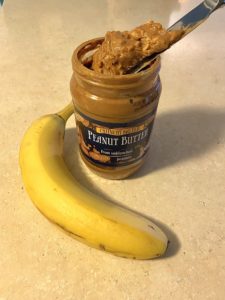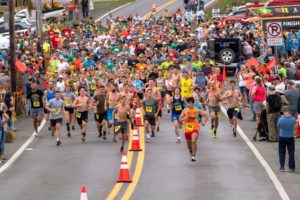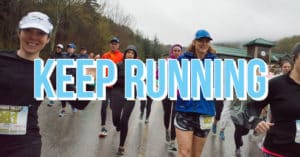We are a participant in the Amazon Services LLC Associates Program, an affiliate advertising program designed to provide a means for us to earn fees by linking to Amazon.com and affiliated sites, this is at NO extra cost to you. These small fees allow us to create great content and keep striving to create better content.
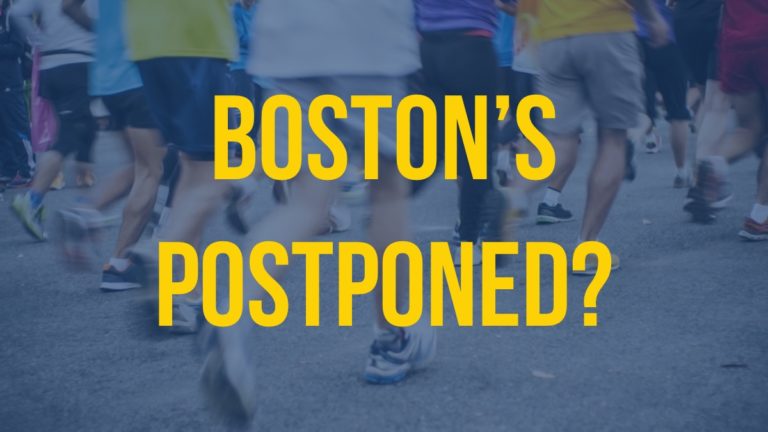
Boston Marathon is Cancelled? So What Does this Mean for Races in General?
By Dylan Roche
Even for runners with no plans to participate, it was still pretty big news that the Boston Marathon won’t be happening in spring 2021. The Boston Athletic Association (BAA), which organizes the race, officially put the word out on Wednesday, October 28, a little more than five months before when the event traditionally would have taken place.
So, what does this mean for runners? Well, there’s a lot to take away from this. Some of it is admittedly disappointing, but in general, runners should stay optimistic. Here’s why…
First off, why does everyone care about Boston so much?
The Boston Marathon is a big deal. It’s often considered the ultimate running goal, the gold standard of races you can participate in, the lifelong dream. It’s the oldest marathon still in existence (124 years and running, no pun intended) and is second only to the Super Bowl in terms of size, prominence, and news coverage when it comes to American sporting events. About 30,000 runners from 100 countries participate each year, and a half-million cheering fans line the streets to show their support.
That’s a lot of runners!
And 30,000 runners is still a pretty elite, narrowed-down group. One of the reasons behind Boston’s allure is the fact that runners have to have a qualifying time to get in — known among the running community as a BQ, short for “Boston qualifying.”
For men ages 34 and younger, that’s 3 hours; for women ages 34 and younger, that’s 3 hours and 30 minutes. Every five-year age bracket from there gets about 5 to 10 more minutes of leeway, but that’s not much: It means an 80-year-old man still has to qualify with a 04:50:00 time. (You can check out what your own BQ time would have to be here.)
The good news for qualifiers who registered for this year’s race is that they’ll be allowed to use their qualifying time to register for 2021, so they don’t have to worry about qualifying again.
So what’s the plan for 2021?
As of right now, the organizers are holding out hope they might be able to hold the race in the fall. That’s still TBD though. A fall Boston Marathon was originally the plan for 2020, but as lockdowns continued across the country and re-openings moved at a much slower pace than originally expected, it became clear that September wasn’t going to be any more possible than April. The Boston Marathon switched to a virtual format, marking the first time ever that the in-person event didn’t happen in some form.
Only twice before has the Boston Marathon been altered in some way: In 1918, the race was changed to a relay because of World War I, and in 2013, a tragic bombing at the finish line forced the race to close early. Besides those instances, the Boston Marathon has enjoyed an uninterrupted 124-year history!
However, a virtual format for the Boston Marathon was not unpopular — 16,000 people still participated. But runners who have dedicated years of training want the glory of running Boston in person. Who can blame them for hoping that it gets the go-ahead for fall 2021?
But races are outdoor activities. What’s the holdup?
It’s true that races are outdoor activities, but it can still be tricky for people to keep their distance with an event as big as Boston. For a smaller race with fewer participants, a race director could potentially keep people spaced safely 6 feet apart at the starting line or could start participants in waves every 10 minutes. Once the race gets underway, runners tend to space themselves out as everyone keeps their own pace along the route.
That’s not the case when you’ve got 30,000 runners. And this isn’t even accounting for the half-million spectators gathered on the streets, plus the crowds at packet pickup or the afterparty.
Massachusetts doesn’t allow road races until the state reaches Phase 4 of its reopening plan — once vaccines and/or treatment options are developed and widely available. Only then will Massachusetts permit road races and other events like street festivals and parades.
When will it be safe to race again?
Don’t worry, it’s not all doom and gloom. There will come a time when racing is possible again, sooner or later. And the cancellation/postponement of high-profile races like the Boston Marathon have encouraged many race directors and event organizations to consider healthy practices that can be put in place as soon as infection numbers are low enough that races are deemed safe.
Here are just a few examples, most of them adopted from standards that were recently set by the Ironman Group, organizer of the iconic long-distance triathlon:
- Fewer participants: Opening the race to fewer runners means there’s reduced density at the starting line, along the route, during packet pickup, or at the after-party.
- Fewer touch points: Races require a lot of person-to-person contact. Rethinking things like security checkpoints and first aid stations will reduce the number of times you have to directly touch or get close to somebody else.
- Screening procedures: Required testing or checking for symptoms before the race will reduce the risk that infected people participate and spread their germs.
- Encouraging self-reliance: If runners are carrying their own water or nutrition, then they won’t have to intercept them from volunteers along the racecourse.
- Better hygiene: Having hand sanitizer or washing stations around the event venue, plus providing masks to everyone, will reduce the transmission of germs.
What can runners do in the meantime?
Keep running! More importantly, keep pushing yourself to get stronger. As soon as races are a thing again, you want to be able to register right away — not start training from square one. If you need motivation (or just a change of pace), sign up for a virtual race. These help you hold yourself accountable, but more importantly, you’ll be supporting some of these event organizers that rely on races for their revenue stream.
Don’t give up, runners. We’re going to get through this and we’ll all be able to race again soon!
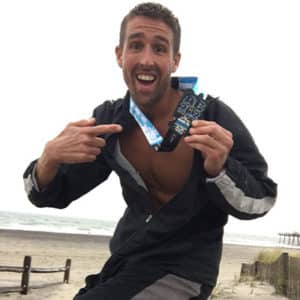
Dylan Roche
Dylan Roche is an Annapolis-based writer and marathon runner. As a journalist focused on everything from fitness to arts and culture, he has written for a variety of publications, including Livestrong, What’s Up Annapolis, OurHealth Virginia, UpstART and Chesapeake Family Life. His first novel, “The Purple Bird,” came out in 2019. Follow him on Twitter and Instagram at @DylanIsWriting


